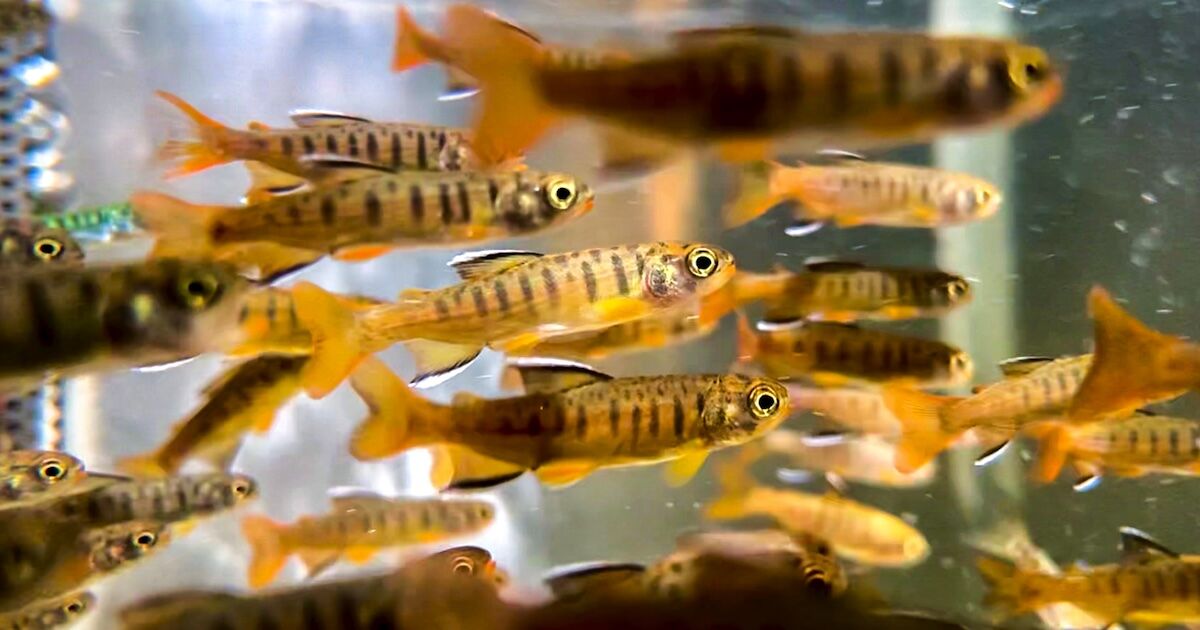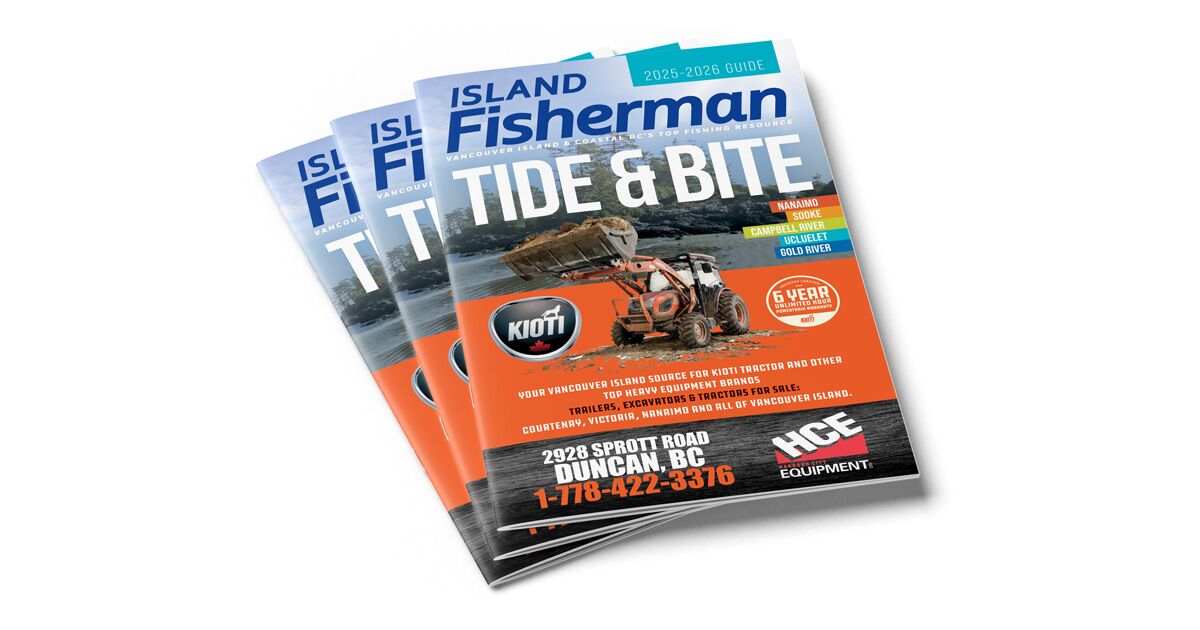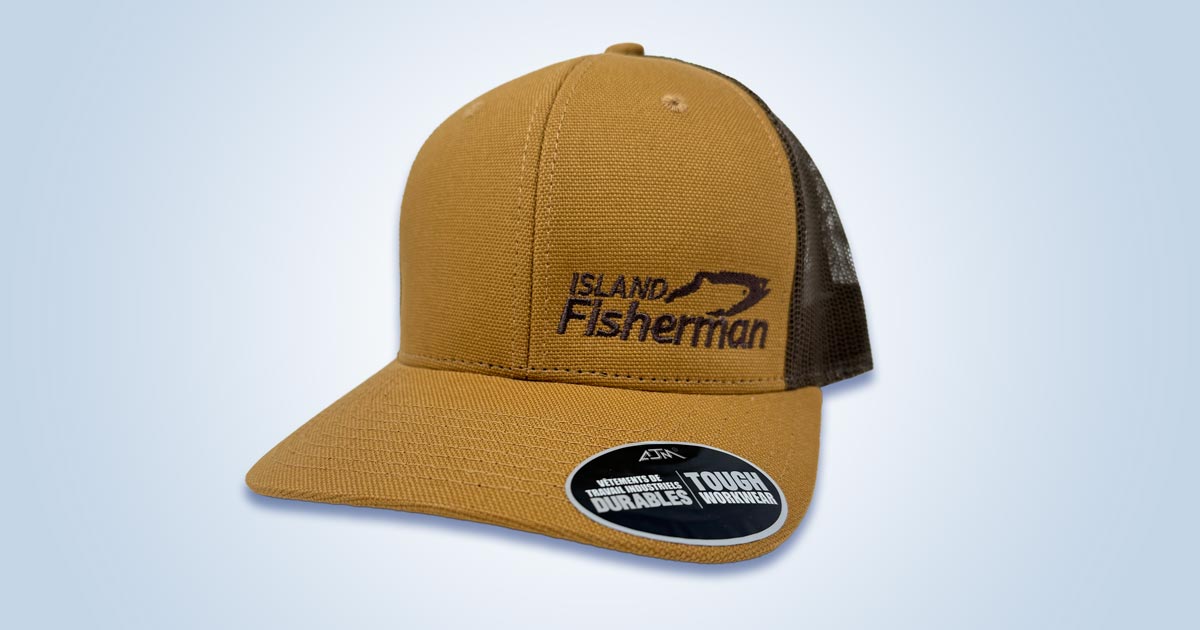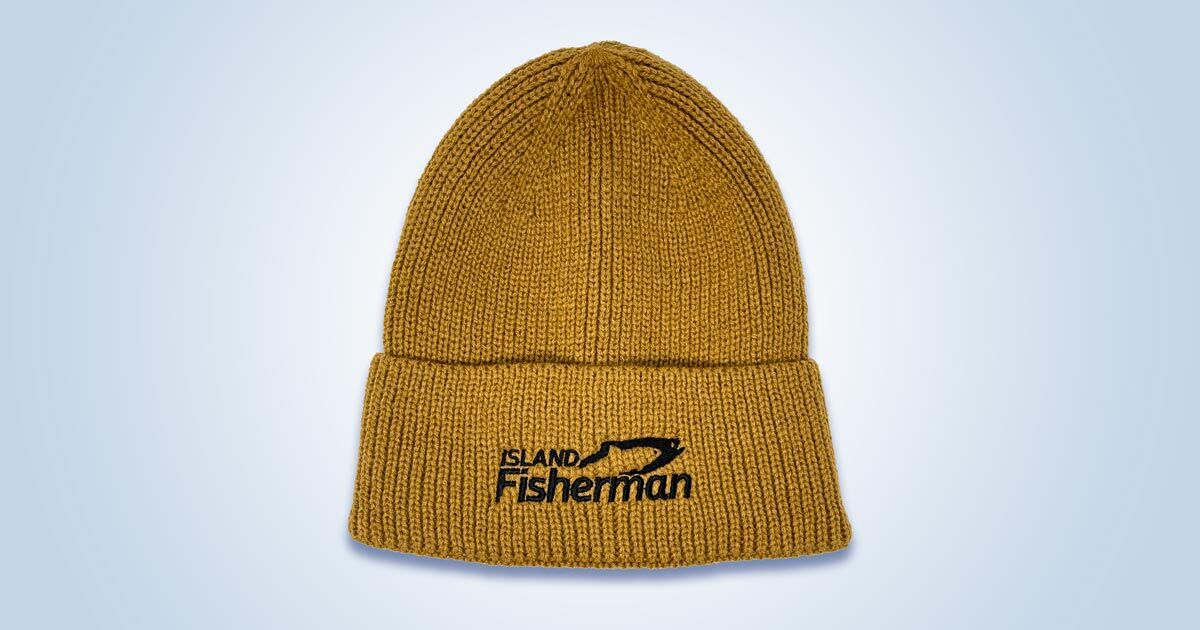
Coho fry smolt trap (photo: Danny Swainson)
There has been a lot of discussion lately about a recently identified toxicant, commonly referred to as 6PPD-Quinone (6PPD-Q), responsible for causing 40% to 90% mortality in pre-spawn coho salmon. 6PPD-Q at parts-per-trillion concentrations can cause Urban Runoff Mortality Syndrome (URMS) in coho and other vulnerable species. Symptoms of URMS include surface gaping, circling, and loss of equilibrium.
Scientists in the Puget Sound area, where URMS was first seen, came together to try to identify the specific toxicant causing these coho to die. As different systems where coho were suffering from URMS exhibited similar chemical compositions and included identifiable particles from tires and stormwater runoff, the research team began the complicated process of narrowing down the harmful toxicant from more than 2,000 chemicals.
Closer to home, a collaboration between the BC Conservation Foundation (BCCF) and Vancouver Island University’s Applied Environmental Research Lab (AERL) has been assessing the impacts of 6PPD-Q on the east coast of Vancouver Island since 2021. In 2023, with funding from the BC Salmon Restoration and Innovation Fund, the project team expanded the scale of its monitoring program, partnering with local First Nations, stewardship groups, and all levels of government to sample. Results from this monitoring campaign can be found on the program’s data dashboard. This comprehensive sampling and analysis effort is managed by a team of researchers including Haley Tomlin, who is a biologist with BC Conservation Foundation.
What is 6PPD?
6PPD, or N-(1,3-dimethylbutyl)-N’- phenyl-p-phenylenediamine, is a tire rubber antioxidant that is used globally, comprising up to 2% of tires by mass. Antioxidants like 6PPD in the rubber are used to create protective films on the tire to protect them from breaking down. When 6PPD is exposed to ozone, it creates 6PPD-Q. By synthetically creating 6PPD-Q in the lab using TWP leachate, researchers were able to test their hypothesis using juvenile coho and recreate the symptoms of URMS in controlled experiments.
The fact that even trace amounts can be harmful is one of the challenges faced by researchers, as noted by Haley Tomlin at BCCF. “From the analytical side, we’re looking for concentrations that are incredibly small, and we’re still trying to identify what constitutes a representative sample,” Tomlin says. “The lethal concentration for juvenile coho (~3 weeks post swim up) is 41 ng/L—which is a parts-per-trillion concentration. For context, approximately one drop of water in an Olympic-size swimming pool equates to one part per trillion.”
What does it do?
When exposed to lethal concentrations of 6PPD-Q, coho salmon will swim close to the surface in circles, gaping as if they are struggling to get enough oxygen, a behaviour that is followed by a loss of equilibrium, then buoyancy, and inevitably death. A group of researchers conducted experiments with adult and juvenile coho and found that even after moving fish experiencing URMS symptoms to clean water, they did not recover. Further studies have begun looking at the mechanism in which 6PPD-Q is making its way into fish and how it is ultimately resulting in URMS. A recent study’s results have indicated that 6PPD-Q makes its way through the blood-brain barrier, resulting in an impaired central nervous system.
Further, egg mortality and early hatching, as well as developmental issues, have been noted by researchers studying the issue, and although the population impacts may be significant, they are harder to identify compared to monitoring adult spawners.
Englishman River coho (Photo: Danny Swainson)
Are Just Coho Affected?
While the most apparent and measurable impact on recruitment capacity has been seen in coho, experimental efforts under laboratory conditions have shown that brook trout and rainbow trout are 6 to 10 times less sensitive to 6PPD-Q, respectively; however, both are affected by environmentally relevant levels of 6PPD-Q. When juvenile Chinook salmon were tested, results indicated that they are susceptible to the toxin, but at levels much higher than would be found in the environment. Other salmonid species, like chum and sockeye salmon, as well as Arctic char, Atlantic salmon, and brown trout, were tested using the same levels and were found to have no ill effects.
How Does the Sampling Program Work?
The tires on our vehicles are constantly shedding particles of rubber as we drive down the road, and during times of dry weather these particles accumulate on the road surface. When it rains, the particles are flushed into the drains and ditches, which inevitably run into salmon habitat.
Nanaimo River with roadway (Photo: Danny Swainson)
We asked Tomlin about some of the issues they face: “From the coordination side of things, basing our sampling on the forecast has its challenges. We sample before, during, and after significant rainfall that occurs following at least a couple of days of dry weather (allowing tire particles to build up on the roadways),” Tomlin says. “The timing of the ‘during’ sample can be tricky as there are often times when it occurs in the middle of the night, at which time we won’t be asking our volunteers to go out. That said, there are times when we likely miss the presence of 6PPD-Q in our samples due to timing. Having energetic and willing volunteers helps make this process as seamless as possible.”
“Preliminary findings from our sampling efforts have found that each creek we sample appears to have a different ‘reaction time’ or length of time before we see the first concentrations appear after the onset of rain. Additionally, taking samples a few minutes apart can give you drastically different concentrations. We’ve been deploying autosamplers and VIU’s mobile lab to start to fill in some of these gaps and start to understand how dynamic 6PPD-Q is.”
Tomlin continues, “Something that has surprised me is that we do still see lethal concentrations in urban waterways through the wintertime if we have bouts of dry weather. This is definitely concerning for juvenile coho that are rearing over winter in small, urban streams.”
6PPD mobile lab (Photo: Danny Swainson)
6PPD mobile lab interior (Photo: Danny Swainson)
What Can Be Done?
There is no easy answer, given the ubiquitous use of 6PPD in the manufacture of passenger and commercial tires worldwide. Comprising up to 2% of many tires by weight, there is a considerable amount of this volatile compound in the environment, given the relatively tiny amount needed to harm fish. In July of this year, a report for the U.S. Tire Manufacturer Association identified 19 potential 6PPD analogs that merit investigation as alternatives. California has designated 6PPD as a priority product under its “Green Chemistry Law,” which is administered by the California Department of Toxic Substances Control. To date, there has not been any regulatory action taken in Canada. While there is no timeline set for this process, it would drive future regulatory action down the road.
In May 2024, the Canadian government agreed to assess 6PPD’s toxicity and potentially add it to Schedule 1 of the Canadian Environmental Protection Act.
To date, research has been supporting the idea that green infrastructure might be an effective way to filter 6PPD-Q from stormwater prior to runoff reaching local waterways. At BCCF, Tomlin and her team are hopeful there will be a solution to this troubling issue. “Some of our partners, including the University of British Columbia and the University of Victoria, have been assessing different types of green infrastructure and its ability to remove 6PPD-Q,” Tomlin says. “A recent study out of UBC showed that a rain garden in Vancouver they tested was able to remove >90% of the 6PPD-Q that they introduced to the system. It’s positive to know that there are actions we can take and infrastructure we can implement that could help reduce/remove 6PPD-Q from local waterways, ultimately improving water quality for salmonids.”
13. Dr. Timothy Rodgers working in the rain garden at 8th and Pine. (Photo: Dr. Erin Seagren)
This article appeared in Island Fisherman magazine. Never miss another issue—subscribe Today!
Looking for a back issue?
Visit the Store
$34.99
$34.99
Featured Catch
Joel Unickow halibut (Photo: Rob Frawley Lucky Strike Sportfishing Tofino)



